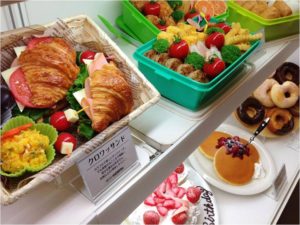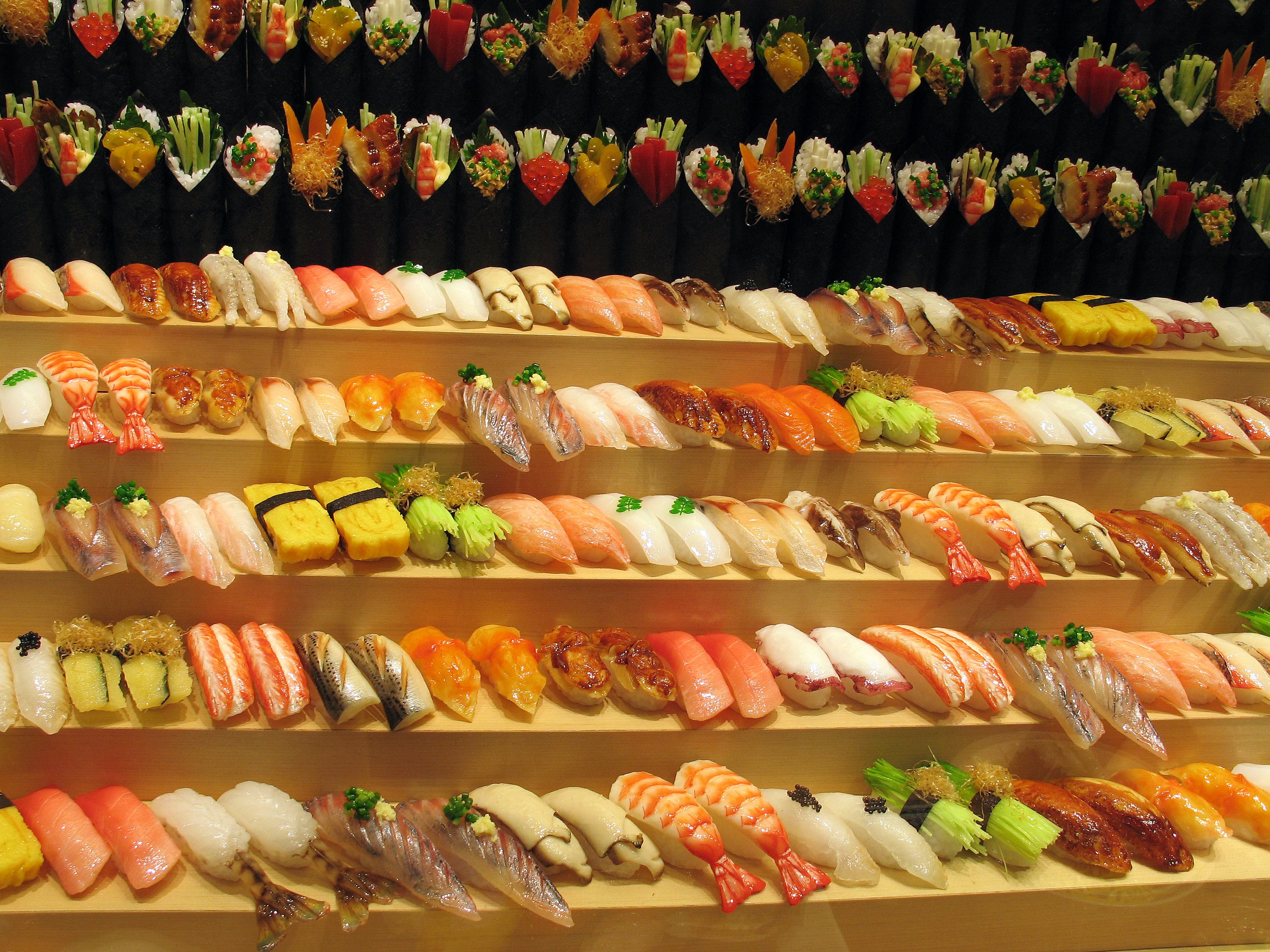Among the most distinct features when you go to a restaurant in Japan is the display at the entrance which showcasing the dishes and sometimes the drinks that are served there. These displays are an exact replica of the dishes served and is known as ‘sampuru’, a Japanese for the word ‘sample’. The term food sample is the most common used to describe this uniquely Japanese phenomenon and it serves as a visual menu for the non Japanese reader and guide in choosing what to eat.
 This uniquely Japanese product is credited to the late Takio Iwasaki, a native of Osaka who apparently stumbled across the idea using candle wax. His first creation was an omelette cooked by his wife but later on developed it into a business and a company named Iwasaki Be-I Co. Ltd.
This uniquely Japanese product is credited to the late Takio Iwasaki, a native of Osaka who apparently stumbled across the idea using candle wax. His first creation was an omelette cooked by his wife but later on developed it into a business and a company named Iwasaki Be-I Co. Ltd.
In the late seventies, food samples were still made of wax, however the wax replicas tended to fade and crumble and then plastic models have took over because of their durability and even more flexible and realistic nature. There is almost no limit to the food being crafted and it applies to not only Japanese cuisine but also foreign cuisines.
Another unique thing about food samples in Japan is that they are still handcrafted to this day. The people who do this have an artisanal approach that is always of high standard.
Check out this video on Plastic Food Samples!










